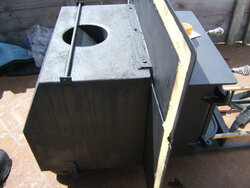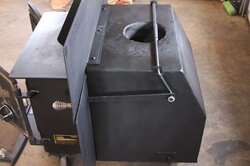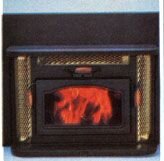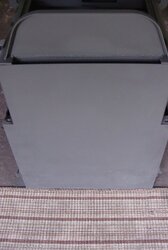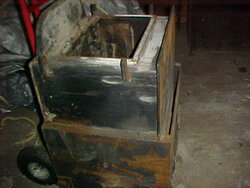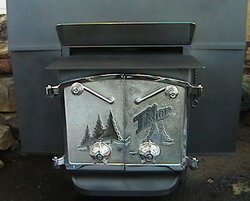I am new here, so good morning from Maryland. We have lived in our home for over 10 years. We have a Bob Fisher insert (built September 9th, 1981) in the basement that we never used. The previous owners said that they loved it, but I was worried about firing it up due to young kids. I had it inspected, cleaned, minor pointing, and a new stainless steel cap put on. The insert was "pulled" and the damper removed from the chimney, which extends 3-4 feet above the roof peek.
Last night was in the 30's, with no wind. Opened the Fisher damper, opened the vent, loaded with kindling, heated the damper exit to chimney with a bit of rolled paper and started the fire. All was well, and flames headed up the damper without problem except smoke rolled into the basement from the flashing top and air deflector. We opened windows and set up fans. It took about an hour to clear the house of smoke, and I let to logs burn down to ash.
Called the company who did the work, but wanted to find out if it was something I did/did not do.
I will try to add a few photos. Me sitting in a smoke filled room cursing at the insert. All so see side label for further info. Thanks for any help; Mike






Last night was in the 30's, with no wind. Opened the Fisher damper, opened the vent, loaded with kindling, heated the damper exit to chimney with a bit of rolled paper and started the fire. All was well, and flames headed up the damper without problem except smoke rolled into the basement from the flashing top and air deflector. We opened windows and set up fans. It took about an hour to clear the house of smoke, and I let to logs burn down to ash.
Called the company who did the work, but wanted to find out if it was something I did/did not do.
I will try to add a few photos. Me sitting in a smoke filled room cursing at the insert. All so see side label for further info. Thanks for any help; Mike


